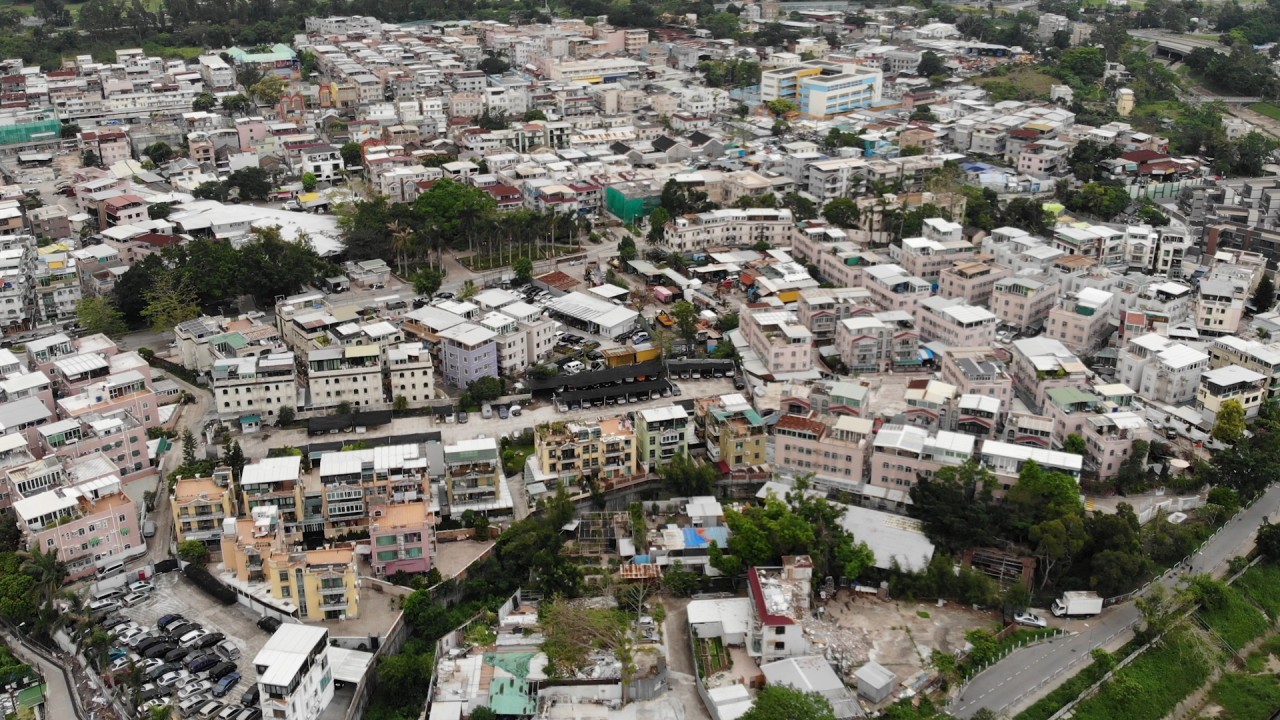
Hong Kong Museum of History must flesh out the city’s story
- The interim exhibit at the museum gives much space to the culture of ‘indigenous people’, although after 1841 Hong Kong was populated largely by immigrants
- It also lacks a sense of how Hong Kong came to be a major commercial and maritime centre
Its earlier incarnation was often described as the best museum in Hong Kong, combining vivid visual displays with a thorough account of history, which was generally regarded as fair and balanced. What would museum designers in the era of President Xi make of this history?
It would be unfair to compare the current exhibition with its predecessor. It is an interim display a fraction of the size. However, if history and identity are, as they should be, closely linked, this new exhibition suggests an effort, conscious or not, to downplay the big themes of history in favour of the harmless and meaningless.

There is little objectively wrong with the displays, nor obvious historical biases. It is what is not there that is striking, as though the organiser were too scared of the subject so retreated into folklorique assemblages of costumes and temple artefacts and collections of mundane objects. Far from “recreating a classic” with “the best features of the Hong Kong story”, it is a shadow of its predecessor.
A large part of a small exhibition is taken up with reconstructions of shops selling grain and groceries, a barber shop, herbal tea shop and the like. The postal service is honoured with a Victorian pillar box and rows of individual postboxes, household objects especially from the 1930s and 1950s – gramophone, sewing machine, camera – figure prominently along with old tourist brochures, and the sort of old bric-a-brac found on Hollywood Road. Old coins and notes abound, but with little context.
The remarkable growth of Hong Kong in its first half-century of foreign rule occurred before the acquisition of the New Territories and its modest indigenous population.
The exhibition naturally gives space to the opium trade and to the British governors. But it is lacking a sense of how it came to be a major commercial and maritime centre, a product not just of empire and proximity to China, but a much larger regional role driven by its free port status.
Hong Kong history: from colony to powerhouse
The influx of flight capital and manufacturing expertise from the mainland is credited with enabling industrialisation, but not the other ingredient – Hong Kong’s preferential access to Western markets, which helped make it a key global player in textiles and garments.
Domestically, there is plenty about post-war progress in education and housing, but little sense of Hong Kong Cantonese as a lively, identifiable culture, nor of the importance, at least in the recent past, of links with Chinese in Southeast Asia, and currently with the huge communities in Western countries.
The museum does have some good points. A special display at the entrance of old photographs of Hong Kong island streets is one. A showing of clips from old newsreels recording events such as the 1967 riots, the Festival of Hong Kong in 1969 and the handover bring events to life in a way static displays and documents cannot.
But, all in all, it is a thin and dumbed-down version of Hong Kong’s historical identity, and the importance of its uniqueness to its prosperity from 1841 to today.
Philip Bowring is a Hong Kong-based journalist and commentator



